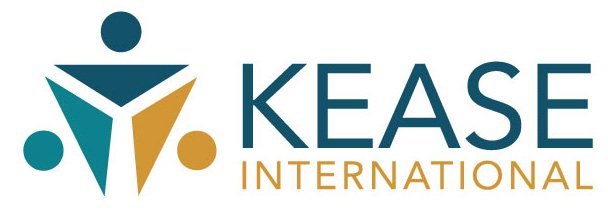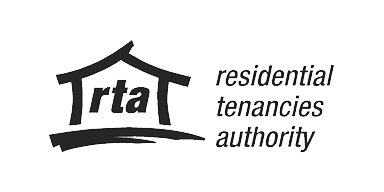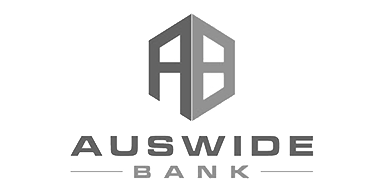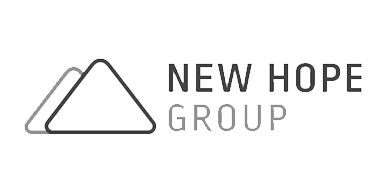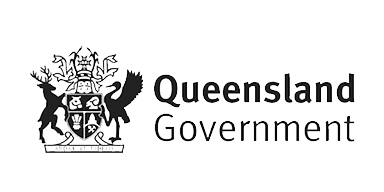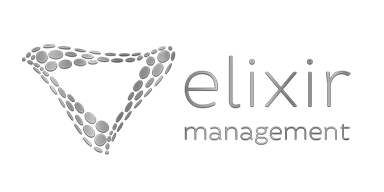By Tanya Siggins, KEASE Associate and Coach
One thing is completely clear within all of the COVID uncertainty; our way out of this crisis is going to be much longer than our quick tumble into it. And the best way to ensure the success of any long and arduous journey is always to prepare, prepare, prepare.
The future is unclear and new hurdles will invariably be encountered on the way, but ensuring that you and your team’s rucksacks are loaded with valuable resources will maximise your team’s chances of success.
Chart your course
The greatest expeditions had only a hazy objective in mind; think Cook’s navigation of the South Seas or Amundsen’s search for the south pole. Yet despite offering nothing more than an unclear voyage with untold risk, they managed to rally people around them! Rally your troops by:
- Openly sharing what you do know about the direction. What are you vaguely heading towards?
- Acknowledging the variables and unknowns. Agree to consult with the team when obstacles and unexpected events arise.
- Setting clear short-term goals. You can’t know exactly where you’ll land in a year, but you do know the direction you need to head this week. Agree to constantly course correct and brief your team regularly.
Create your inventory
Once you have clarity about your course, you need to determine what kit you and your team require. Create an inventory by:
- Asking your team to reflect on what they need from you now and what they expect they’ll need further into recovery phase. Ask in a variety of ways multiple times to get a fulsome response.
- Understand that every individual within your team is going to need different things from you on different days. There is no blueprint for this. You need to create a swiss army knife of leadership skills you can reach for and deploy as required.
- Get your team to articulate what they need from each another. Develop expectations about how they’ll support each other, motivate each other, hold each other to account, communicate, socialise, ask for help, delegate and emotionally regulate.
Provision your kit
Once you’ve got the inventory list sorted you can go about provisioning it. Determine the skills and experience that is already at hand and identify what you’re going to need to procure. Make a plan to source missing resources through tools, training, coaching, reading etc.
- Employ online tools to support collaboration and communication. You might already be using some, but consider establishing more clarity about how and when they are used.
- Discuss boundaries around availability and the changed expectations that come with more flexible and asynchronistic communication and work patterns. Create nudges that help keep this front of mind for the team. Include work patterns in email signatures, sett OOO messages when logging off, disable email notifications when OOO etc.
- Find Ted Talks, YouTube videos, articles and webinars that address identified skill gaps. Encourage team members to share the resources they find and consider allocating specific time each week for team members, yourself included, to engage in development activities.
Remember to reorient
Fully provisioned, you can now embark on the journey! Your preparation will stand you in good stead but, like on any adventure, there’s bound to be a few surprises. All great expedition leaders constantly recalibrate their plans. Ask yourself daily:
- Is our goal the same as it was yesterday?
- What resources are we missing? How can we restock?
- How is the team travelling? Who’s lagging behind and needs support? Who’s been leading at the front and needs respite?
Care for your crew
Checking in with your team members is critical. Avoid asking bland variations of ‘how are you going?’ as they’re unlikely to elicit a genuine response. Adopt coaching based questions including ‘what’s your focus for today/this week?’ ‘what hurdles can you foresee?’ and ‘what do you need from me to succeed?’.
The key to ensuring the emotional wellbeing of your team is to be consistent in your approach. Create a wellbeing strategy to schedule your informal touchpoints (every 1-2 days) and your formal check-ins (weekly) and stick to it. Amend the plan as you go for those who need more support.
Emotion sharing isn’t everyone’s cup of tea. Creating a way for your team to share where they are at without going into detail can be a powerful tool. Consider a basic traffic light system:
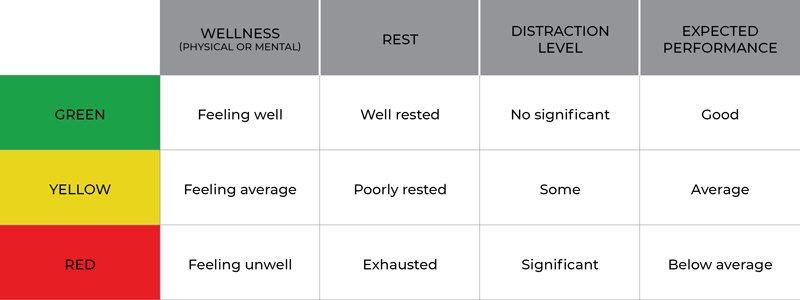
Everyone shares their ‘zone’ during team check-ins with no explanation. This can help build empathy and resilience as well as signal who needs more of your support. Leverage the ‘availability’ signalling in online communication channels to display ‘zones’ throughout the day.
Celebrate your progress
Think of the Everest climb. It isn’t completed in a single assault; the journey is broken into stages. Imagine the sense of relief climbers feel as they reach each camp on the trail. Motivate and engage your team by celebrating milestones.
Important markers on your journey, birthdays, the arrival of babies (furry and human) etc. are all times to share joy. Consider how they’ll be inclusively celebrated in a world where cake in the lunchroom is no longer an option.
And ultimately, be guided by the words of explorer Alison Levine;
‘Never let failure discourage you. Every time you get to the base of a mountain (literal or metaphorical), you’re presented with a new opportunity to challenge yourself, to push your limits beyond what you thought possible, to learn from climbers on the trail ahead of you, and to take in some amazing views. Your performance on the mountain you climbed last week or last month or last year doesn’t matter – because it’s all about what you are doing right now.’
